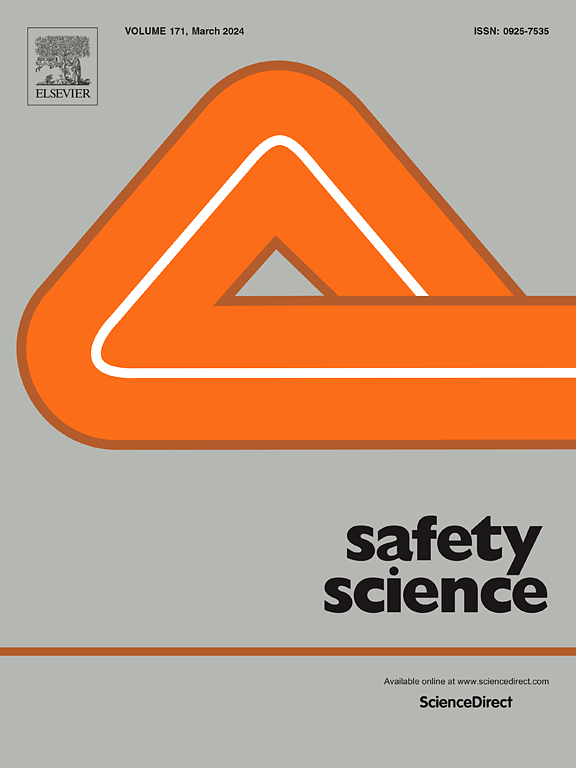考虑瓶颈的大型建筑群最优出口模型
IF 4.7
1区 工程技术
Q1 ENGINEERING, INDUSTRIAL
引用次数: 0
摘要
近年来,在世界范围内,服务于各种功能的大型多功能建筑的建设显著增加,包括办公室、自助餐厅和商业空间。当这些建筑物发生火灾时,烟雾和火焰向与出口路线相似的方向蔓延,这在人口密度高的地区造成瓶颈,增加了大规模伤亡的风险。因此,有必要开发一种算法,通过提供安全的出口路线来减少人员伤亡。本研究对大型多楼建筑进行火灾模拟,分析火灾温度、能见度和有毒气体浓度之间的相关性,并建立数据库。基于此,我们开发了一种基于人工神经网络(ANN)模型的算法来预测特定位置的实时可用安全出口时间(ASETi);结果证实了ASETi可以准确预测。在此基础上,提出了一种考虑瓶颈因素的疏散人数估计算法,提出了一种反映有毒气体和人口稠密地区的最优疏散路线推导系统,并对所提模型的可靠性进行了验证。本文章由计算机程序翻译,如有差异,请以英文原文为准。
Optimal egress model considering bottlenecks in large multiplex buildings
In recent years, there has been a marked worldwide increase in the construction of large multiplex buildings serving a variety of functions, including offices, cafeterias, and commercial spaces. When a fire occurs in these buildings, smoke and flames spread in directions similar to the egress route, which increases the risk of large-scale casualties by creating bottlenecks in areas with high occupant density. Therefore, developing an algorithm that can minimize casualties by providing safe egress routes considering these bottlenecks is necessary. In this study, fire simulations were conducted for large multiplex buildings to analyze the correlation between fire temperature, visibility, and toxic gas concentration and to build a database. Based on this, we developed an algorithm to predict the real-time available safe egress time (ASETi) at a specific location using an artificial neural network (ANN)-based model; the results confirmed that ASETi can be predicted accurately. Furthermore, an algorithm was developed to estimate the number of occupants considering the bottleneck, an optimal egress route derivation system that reflects toxic gas and densely populated areas was proposed, and the reliability of the proposed model was validated.
求助全文
通过发布文献求助,成功后即可免费获取论文全文。
去求助
来源期刊

Safety Science
管理科学-工程:工业
CiteScore
13.00
自引率
9.80%
发文量
335
审稿时长
53 days
期刊介绍:
Safety Science is multidisciplinary. Its contributors and its audience range from social scientists to engineers. The journal covers the physics and engineering of safety; its social, policy and organizational aspects; the assessment, management and communication of risks; the effectiveness of control and management techniques for safety; standardization, legislation, inspection, insurance, costing aspects, human behavior and safety and the like. Papers addressing the interfaces between technology, people and organizations are especially welcome.
 求助内容:
求助内容: 应助结果提醒方式:
应助结果提醒方式:


